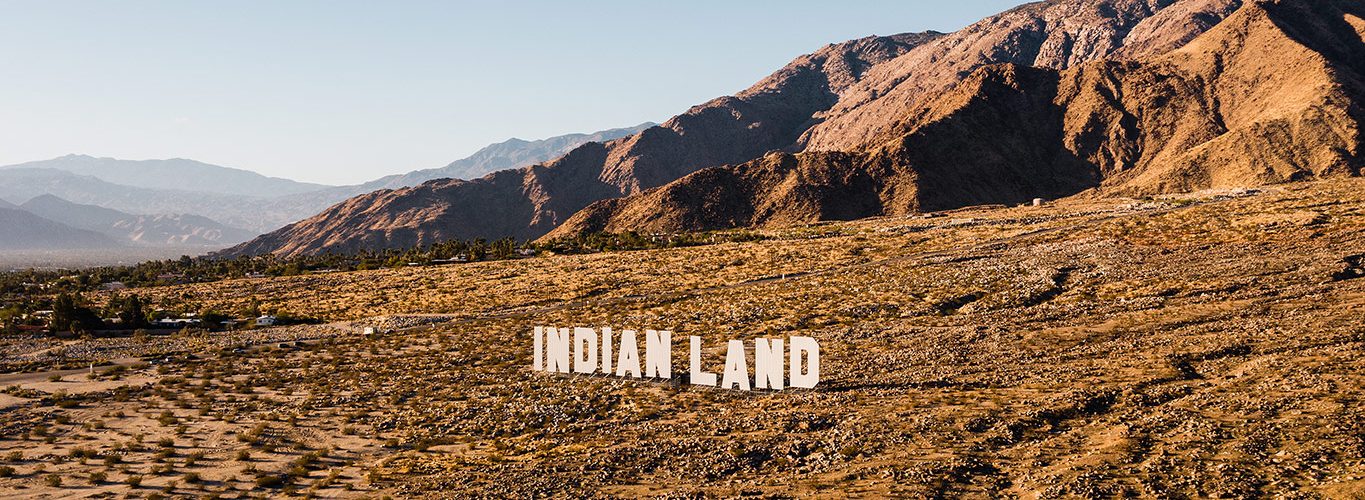Dreaming the Future
Within the reality of what resources or support may be lacking lies the potential for what can grow. Dreaming big for the future, Indigenous creators have a wide-ranging wishlist for what might constitute potential progress. Visibility on bigger platforms and mainstream success for Indigenous musicians are important for some, including Tanaya Winder, because of the waterfall effects of such recognition.
“Unfortunately, [with] the world we live in … [mainstream] recognition helps you get grants and the grants that you give back to your community,” explains Winder. “Of course, we want everyone to have that abundance of resources and wealth to help their family and their communities too. [It’s] not just having their music featured on, like, Reservation Dogs … but put that on Grey’s Anatomy.”
Conversely, musicians like Weedrat are actively disinterested in seeing, for instance, Indigenous pop stars playing into stereotypical Western notions of success. Alongside many jokes they make that their band’s main goal is to “open for Foo Fighters,” Weedrat’s Becki Jones and Greg Yazzie say there are bigger things to aspire towards, such as becoming better musicians, speaking with a message, or embracing one’s language.
“I want all Natives from their Native territories to speak their language and sing in it,” Jones elaborates, and 9a echoes a similar sentiment, saying, “Let’s let our distinctness as Indigenous people amongst our tribes shine the brightest.”
Both Warren Realrider and Chloe Alexandra Thompson hope for more power in the hands of Indigenous creators. Realrider lists hopes for more Indigenous-run spaces, labels, and recording studios, as well as more funding and larger support systems. Thompson yearns to see more well-trained individuals at all levels of the creative process — including mixing, mastering, and distribution — as well as the “redistribution of knowledge and financial resources [so] more people can be empowered to be able to perform these roles … because when you’re taught that you can’t dream, you don’t dream anymore.”
Thompson also notes that Indigenous representation is necessary outside of film and music.
“We’re seeing more and more shows that are written and produced by Indigenous people, have Indigenous actors, and are really successful … [but] what does that look like in, say, journalism, so that the article that’s coming out about the work is accurate?” she asks.
The yearnings of these Indigenous creators are colorful and multifaceted. Though not all of their ideas may be in agreement, the diversity in thought represents a more realistic portrait of the tribal peoples of these lands. As Thompson said, they are not monolithic. What does hold consistent is the artists’ shared desire to build a stronger ecosystem for support for one another and within their own tribal communities.
“What’s going to be next?” Fawn Wood inquires playfully. “Where are you going to see us taking our music and our stories to next? I think that’s something really exciting.”
Stream the Indigenous Musicians Mixtape
Snotty Nose Rez Kids – “TRENDSETTER” (feat. DillanPonders)
Tall Paul – “Creator Got Me”
Air Jazz – “Nature Nurture”
Ya Tseen – “Close the Distance”
Mato Wayuhi – “Disguise” (feat. RYL0)
Black Belt Eagle Scout – “Don’t Give Up”
Tanaya Winder – “Ain’t No Sunshine”
Fawn Wood – “Mommy’s Lil Guy”
Khu.éex’ – “Killer Whale Creation”
TickSick – “ison leavin”
Raven Chacon – “Harbour Symphony – Chorale”
- Introduction
- Defining “Indigeneity” on One’s Own Terms
- Incorporating Tradition in Contemporary Music
- Learning, Preserving & Revitalizing Language
- Focusing on the Land & the Environment
- Raising Awareness Around MMIW/P
- Using Film as a Medium to Elevate the Collective
- Uplifting & Empowering the Youth
- Facing the Challenges of Visibility
- Building Infrastructure for Change
- Dreaming the Future







[…] min read29 seconds agoAdd comment I haven’t even stepped foot into the Snotty Nose Rez Kids show, and I already notice a couple things outside the venue. Clearly, the Indigenous fashion is […]